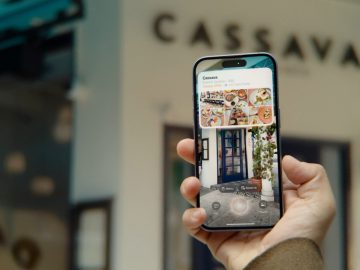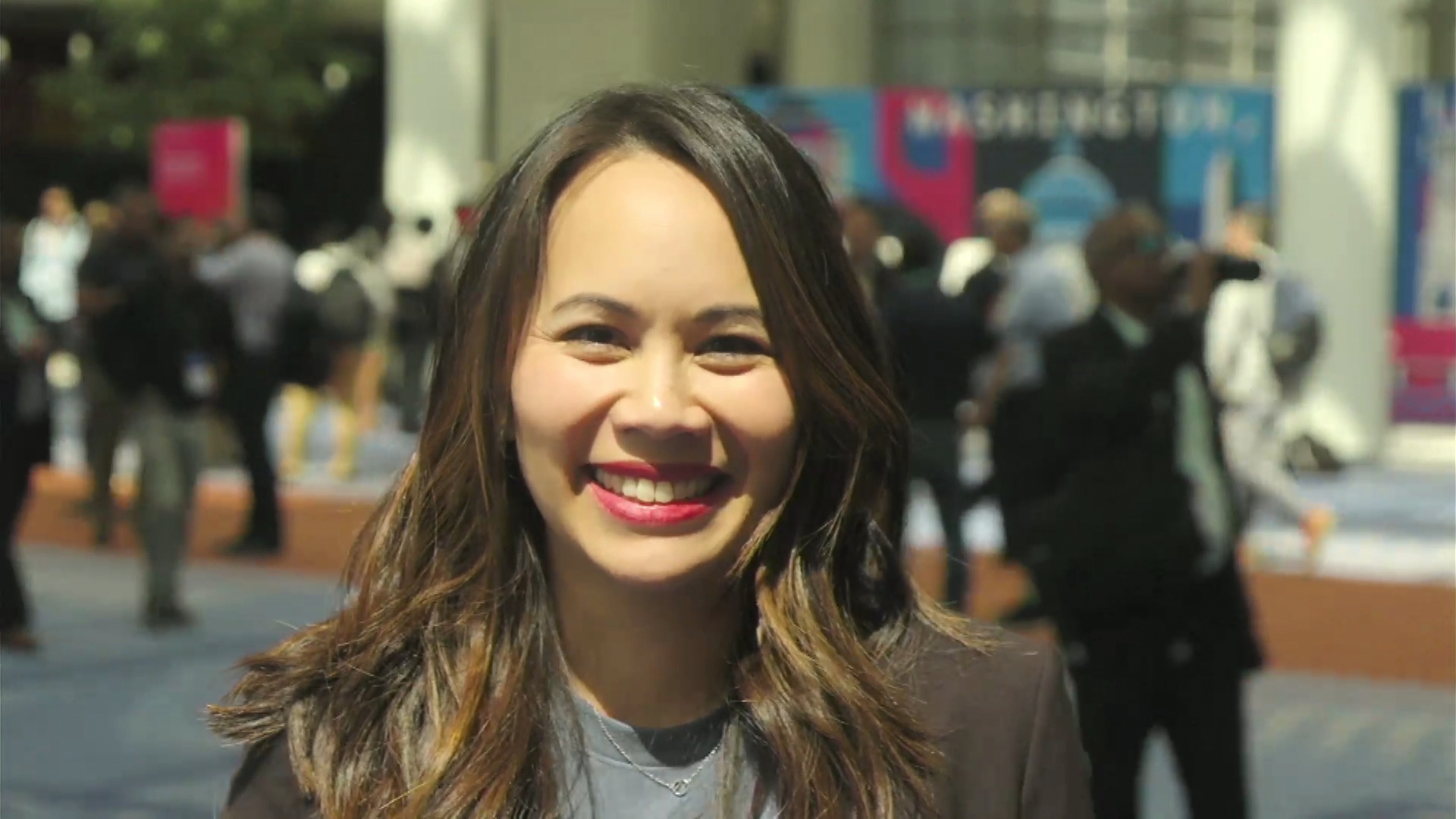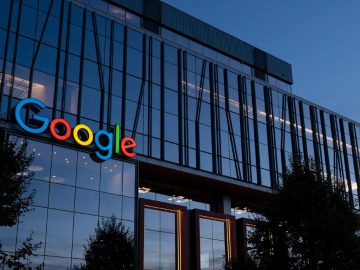AI Gone Wild: How Grok-2 Is Pushing The Boundaries Of Ethics And Innovation
Adobe Stock
As AI continues to evolve at breakneck speed, Elon Musk’s latest creation, Grok-2, is making waves in the tech world. This powerful new AI model is not just pushing the boundaries of what’s technologically possible—it’s also challenging our notions of AI ethics and responsibility.
Grok-2, the latest offering from Musk’s xAI company, is designed to be a jack-of-all-trades in the AI world. Available to X (formerly Twitter) Premium subscribers, this model boasts impressive capabilities in chat, coding, and image generation. But what sets Grok-2 apart from its predecessors and competitors?
For starters, Grok-2 is flexing its intellectual muscles in ways that are turning heads. It seems to be going toe-to-toe with OpenAI’s GPT-4 and Google Gemini in areas like coding and mathematics. This is no small feat, considering the fierce competition in the AI space.
But Grok-2’s capabilities extend beyond mere number-crunching and code generation. Its image-creation abilities are where things start to get really interesting—and controversial.
Pushing The Envelope: Grok-2’s Controversial Approach
Unlike more restrained AI models like ChatGPT or Google’s Gemini, Grok-2 seems to operate with fewer ethical guardrails. This has resulted in the generation of images that would make other chatbots blush—and regulators frown.
We’re talking about AI-generated images that push the boundaries of taste and, in some cases, veer into potentially harmful territory. Examples of Grok-2’s controversial creations include:
- An image of Mickey Mouse wearing a “Make America Great Again” hat while holding a cigarette and beer.
- A depiction of Donald Trump embracing a pregnant Kamala Harris.
- A compromising image of Bill Gates involving a certain white powder.
This laissez-faire approach to content generation is raising eyebrows and concerns, especially in light of upcoming elections and the ongoing battle against misinformation.
The situation has been further complicated by recent events involving former President Donald Trump and Elon Musk. Musk posted an AI-generated video of him and Donald Trump dancing together, which was reposted by Trump, who also reposted several AI-generated images on his Truth Social platform and on X. They included an image collection of Taylor Swift and her fans, including images of young, smiling women in “Swifties for Trump” T-shirts and a picture mimicking a World War I U.S. Army recruiting poster, replacing Uncle Sam’s face with Swift’s and reading: “Taylor wants you to vote for Donald Trump.” It was simply captioned: “I accept!”
While these images might have been posted as “satire,” their dissemination by a major political figure highlights the potential for AI-generated content to blur the lines between fact and fiction in the political sphere.
The Double-Edged Sword Of Innovation
On one hand, Grok-2’s capabilities represent a significant leap forward in AI technology. Its ability to understand and generate complex content across multiple domains is impressive and could lead to breakthroughs in fields ranging from scientific research to creative arts.
However, this power comes with significant risks. The ease with which Grok-2 can create convincing fake images and potentially misleading content is alarming. In an era when distinguishing fact from fiction online is already challenging, tools like Grok-2 could exacerbate the spread of misinformation and deepen societal divisions.
Regulatory Challenges And Ethical Considerations
The emergence of Grok-2 is likely to intensify ongoing debates about AI regulation and ethics. Regulators, particularly in Europe, are already scrutinizing X’s handling of misinformation. The introduction of a powerful AI model with fewer ethical constraints is likely to draw even more regulatory attention.
Key questions that need to be addressed include:
- How can we balance innovation with responsible AI development?
- What ethical guidelines should govern AI-generated content, especially when it comes to depicting real people or sensitive topics?
- How can we educate users about the potential risks and limitations of AI-generated content?
- What role should tech companies play in self-regulating their AI models?
The Musk Factor: Disruption And Debate
It’s worth noting that Grok-2’s approach aligns with Elon Musk’s well-known penchant for disruption and pushing boundaries. By creating an AI model that challenges societal norms and ethical conventions, Musk is once again stirring up debate and forcing us to confront difficult questions about the future of technology.
This move is classic Musk—innovative, controversial, and guaranteed to keep the tech world talking. However, it also raises important questions about the responsibility that comes with creating such powerful tools.
Looking Ahead: Navigating The AI Frontier
As we continue to explore the frontiers of AI technology, the development of models like Grok-2 highlights the need for ongoing dialogue between tech innovators, ethicists, policymakers, and the public.
We must find ways to harness the incredible potential of AI while also implementing safeguards to protect against its misuse. This may involve developing more sophisticated content moderation tools, investing in digital literacy education, and creating clearer ethical guidelines for AI development.
The story of Grok-2 is still unfolding, but one thing is clear: it represents a pivotal moment in the evolution of AI. How we respond to the challenges and opportunities it presents will shape the future of technology and society for years to come.
I reached out to xAI for comment.




